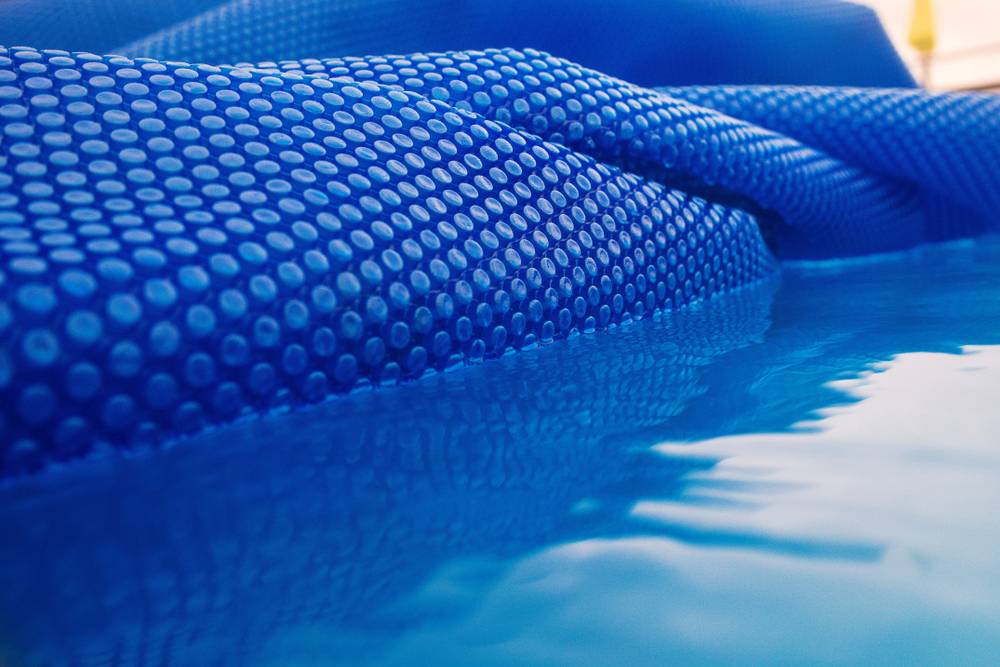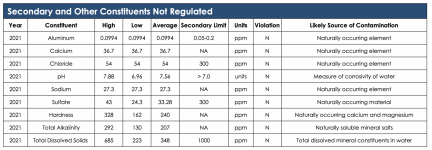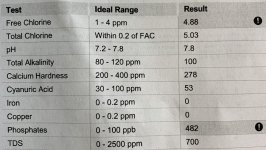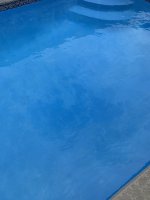Hey everyone, last month I completed a pool renovation. I re-plastered our pool with Sider-Crete pool plaster. A lot of DIY work, but wow does it look good. Everything is going great after refilling, but I can't get rid of this issue. I'm assuming it's some sort of calcium buildup (silicate?) that's covering the walls and bottom. It's not hard like scaling on tile, more like when you brush it off it clouds up the water. The tricky part is that I can't vacuum it up on the walls since it seems to stick to them and won't budge with the rubber-wheel vacuum head. I'm open to any suggestions to get rid of it. Getting hot here in Austin, TX, but not ready to dip our toes in for another month or so. Thanks!
TA = 80
CA = 50
Can't seem to measure CH, I think the R0011L from my TFP test kit may be bad
Photos attached
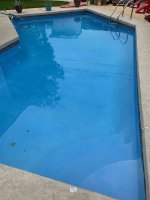
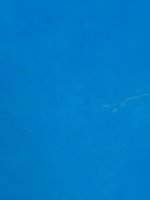
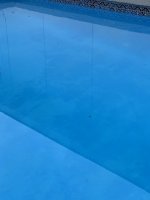
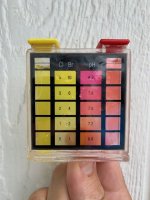
TA = 80
CA = 50
Can't seem to measure CH, I think the R0011L from my TFP test kit may be bad
Photos attached






